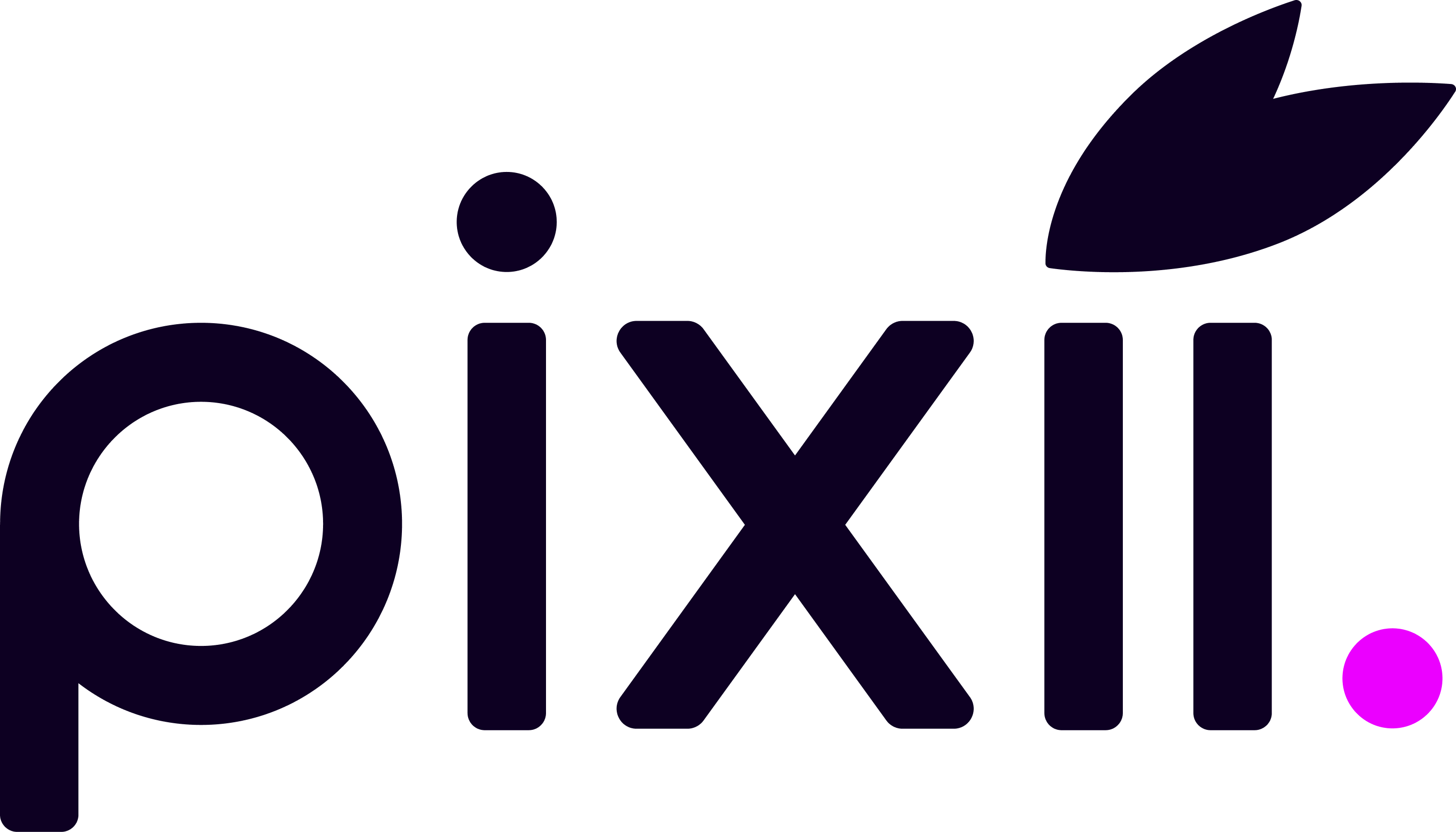Each year through our partner Trace, we work to self-report our operational and product activities for the year. Trace assists us in determining how much CO2 our activities as an organisation have produced, and we purchase offsets for the CO2 we couldn’t avoid. This measure is the cumulative total of CO2 offset plus our best estimate of CO2 accumulated and not yet offset, since our last audit with Trace.
Impact Measurement Methodology
We’re a small, family-owned social enterprise doing our best to make a difference. We measure what we can and want to be as transparent as possible about how we do this, without costing our customers or our charity partners by getting too bogged down in onerous measurement methods. Here’s how we arrive at the measures we have:
Period Panic Moments Averted
This is a simple measure of how many period products (of any type) have been used. Pixii supplies are designed to be available for anyone who is caught out and may be feeling some degree of distress or discomfort had a period product not been available. According to freethetampons.org, common emotional outcomes of being caught out include embarrassment, annoyance, anxiety and panic.
Women given access to basic sanitary supplies
This is a client’s self-reported female headcount number. Not all Pixii clients or client sites have reported headcount. Of course, headcount will change regularly, and we also acknowledge that not all females menstruate and not all menstruators are female. Not all people, regardless of gender, with access to Pixii period products will use the service, so we are not implying that we help this number of people every single month – however, every one of these people have access to fundamental hygiene supplies where they previously may not have.
In the case of schools, we trim the female headcount of a school by excluding the proportion of the student population under Year 5, based on approximate average age of menstrual onset.
Girls supported in their education
We donate 50% of profits from all Pixii operations to our charity partner. Because we changed charity partner in 2024, we have had to change the way we measure how many girls have been supported.
Our charity partner from 2020 to 2024, OneGirl, provided us a metric for how far each dollar stretches, in providing essential textbooks and other basic school supplies for 12 months, per girl.
We are working to align measurements with our new partner, Stars Foundation, and will update this metric when we can.
This measure is the cumulative total of girls supported, based on dollars donated to date converted at the rate provided by our charity partner(s), plus our best estimate of accrued profit yet to be donated since our last donation date, to give an approximate current total.
Plastic diverted from landfill
Pixii pads and tampons are made with 100% organic cotton. Our wrappers are recyclable paper and/or biodegradable plant-based film. We compared these materials to leading brands (Libra, Tampax, Carefree, etc) based on the information publicly available on their packaging, on the shelves of Coles and Woolworths.
This measure of how many individual pieces of plastic have been averted is based on a common packets of comparable products (medium flow tampons, day pads) from these leading consumer brands, which was deemed to include:
- a synthetic layer inside each tampon
- a plastic wrapper over each tampon
- a synthetic withdrawal cord in each tampon
- a plastic wrapper over each box of 16 tampons
- a synthetic layer inside each pad
- a plastic outer wrapper for each pad
- a plastic wrapper over each box of 14 pads
From this we have an assumption of 3.0625 pieces of plastic per tampon, and 2.071 pieces of plastic per pad.

